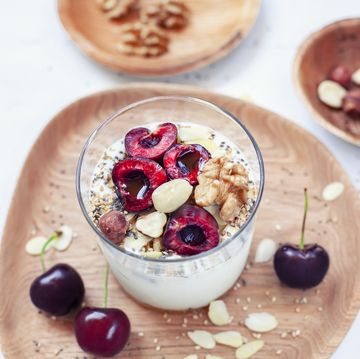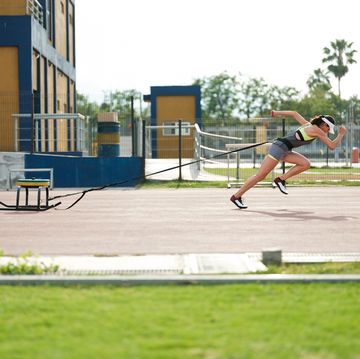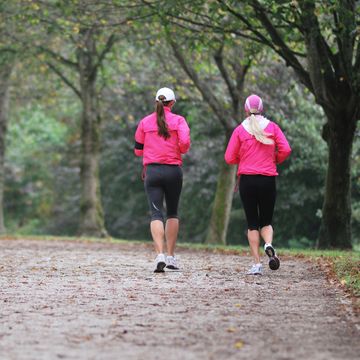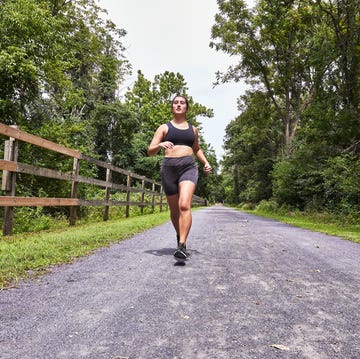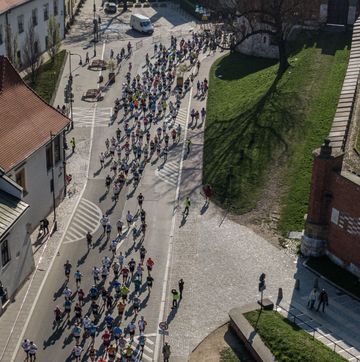For most high school cross country teams, summer is a season unto itself. Teenage runners may be on vacation—working jobs, taking family trips, going to the beach—but if they don’t run virtually every day in a calculated program to build a mountain of fitness, you can throw fall success out the window.
That’s the overriding message delivered in the pages of Running Times in July 2013 by coaches of six outstanding high school programs across the nation. They know that building a base for 5K fall racing takes months. Not to mention the good habits, training knowledge and team bonding that will come with a summer of hard work. These squads, boasting long resumes of state championships and national rankings, build a team culture that stresses summer commitment, no ifs, ands or buts.
But while these schools have fall success in common, they differ widely in their training and organizational approaches. Some coaches meet with their teams all summer long; others, operating within state restrictions, have limited athlete contact until mandatory school practice begins in August. Certain groups start out with only easy mileage; a few work in the hard stuff early on. Some teams emphasize weight training and core work; others just run.
Throughout the summer, Running Times is highlighting six different high school cross country teams and their summer training programs. This week, take a look at summer training for Cardinal O’Hara High School in Springfield, Pennsylvania:
Cardinal O’Hara High School
Springfield, Pa.
Coach: Tom Kennedy
Cross Country Success: A power in the distance-strong Philly Catholic League, O’Hara boys placed fifth at NXN at Portland, Oregon in 2012. In 2013, they were third in the Pennsylvania state meet.
Setting It Up: State rules prevent Kennedy from meeting with the team until the second week of August. He entrusts his senior captains to hold team workouts five days a week in July and early August. Kennedy says that 15 to 20 runners, the varsity members and contenders, usually show up out of a fall roster that will number about 45. Kennedy stays in touch with the captains to keep tabs on the workouts and see if any key runners are missing.
Overall Training: The team goal is to reach 50 miles a week, at whatever pace is comfortable, by August, and then move into a three-week rotation of 50/60/70 miles a week. (Freshmen aim for 40 a week by August and a 40/50/60 rotation.) Kennedy believes that quality work will not reap benefits unless the team first has a substantial base. When mandatory practice starts in mid-August, a typical O’Hara week looks like this:
Sunday: long run, 20 percent of weekly mileage (up to 14 miles in a 70-mile week)
Monday: 2 or 3 miles at threshold pace in a 7- to 8-miler
Tuesday: comfortable 7 or 8 miles
Wednesday: hill work
Thursday: comfortable 7 or 8 miles
Friday: long repeats like 3 x 1 mile or 2 x 1 mile
Saturday: short run to be fresh for Sunday
Ten days before their first race, the boys do a 5K time trial on a park course to determine the initial varsity lineup.
Hill Training: O’Hara works on long hills, a half-mile and up, with flat stretches between them in a distance run, or repeated hills in which they run the ascent hard and jog down.
Summer Innovation: Instead of separating varsity and JV runners in training load, Kennedy keeps their volume the same. He says that the JV unit feels emboldened by the confidence placed in them and embraces the harder work, resulting in a deeper team pack come fall.
See also:
June 4: Tatnall School Builds Base By Experience
June 11: Mountain Brook Puts Responsibility With Athletes
June 18: Endless Summer: St. Xavier Boys Use Time Trials For Training Targets
June 27: Adapting For Altitude With Los Alamos

Marc Bloom’s high school cross-country rankings have played an influential role in the sport for more than 20 years and led to the creation of many major events, including Nike Cross Nationals and the Great American Cross Country Festival. He published his cross-country journal, Harrier, for more than two decades.



